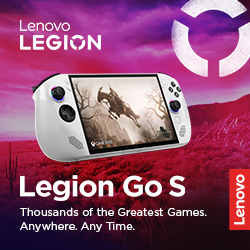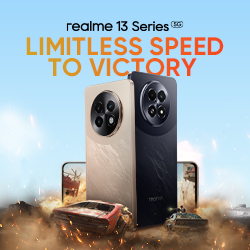I’m sure you’ve heard all about it by now. Practically every gaming blog and website has been praising Marvel Rivals as the Overwatch 2 killer. With 20,000,000 downloads and a peak of 600,000 players on steam after 2 weeks of its release, it’s a no brainer why it’s being called that. The question now is if it can maintain this popularity in the long-term.
With so many Hero-shooters on the market, we want to talk about how Marvel Rivals managed to stand atop the heap. Here are specific areas where Rivals succeeded over the others.
Gameplay Freedom V Gameplay Mechanics
The main problem with most Hero-shooters is the need to balance gameplay freedom and gameplay mechanics. They need to appease the need of players to go do their own thing and play in their own way while still maintaining cohesive gameplay. This is sadly where Overwatch 2 and other games fall short.
The Role queue in Overwatch 2, while it does make for guaranteed balanced team comps, forces players into playing specific roles rather than specific heroes. The main appeal of Hero-shooters and similar games is the ability of a player to choose a specific hero they want to play and stick to it. If the game forces you into a specific class and punishes you for not choosing said class with longer queue times, that’s a demerit to the players freedom.
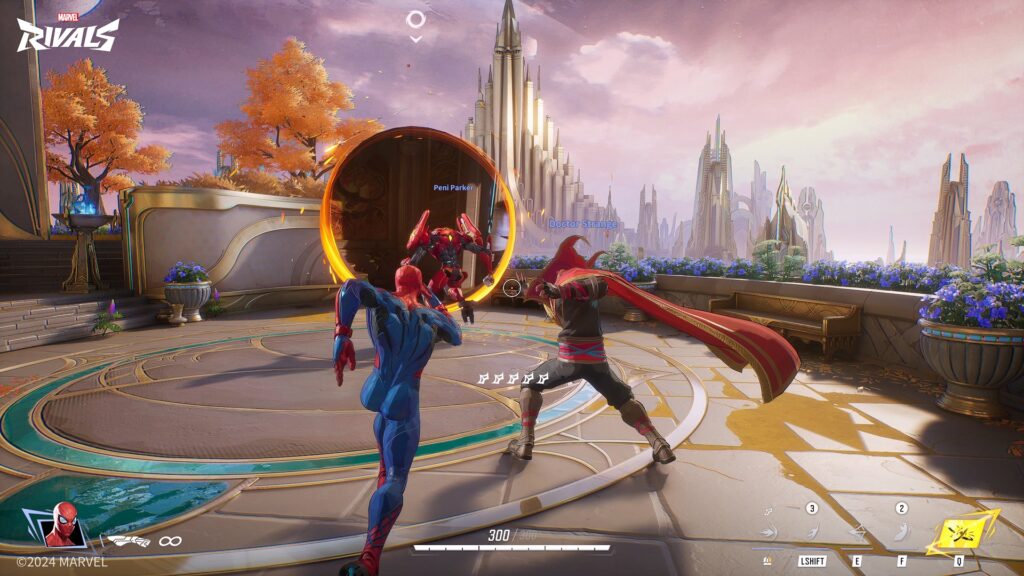
The opposite is also true, sadly. Games like Deadlock are visually dynamic and allow the player to pick whatever hero they want. The problem then lies in its mechanics. With everyone going off and doing their own thing, games feel like nothing’s progressing and dragging.
How does Marvel Rivals Handle it?
So, what makes Marvel Rivals different? There’s no role queue and you can have games where you have 6 duelists. So why is Marvel Rivals still outdoing these other games? It boils down to inherent game design (both hero and game mode) and the player experience. The fact that there’s no role queue means players pick whatever role they want and have quicker queue times. Conversely, allowing players to pick whatever hero they want (whether it fits the team composition or not) works without sacrificing game progress. If you have a bad teamcomp, the game still moves forward; whether you win or lose.
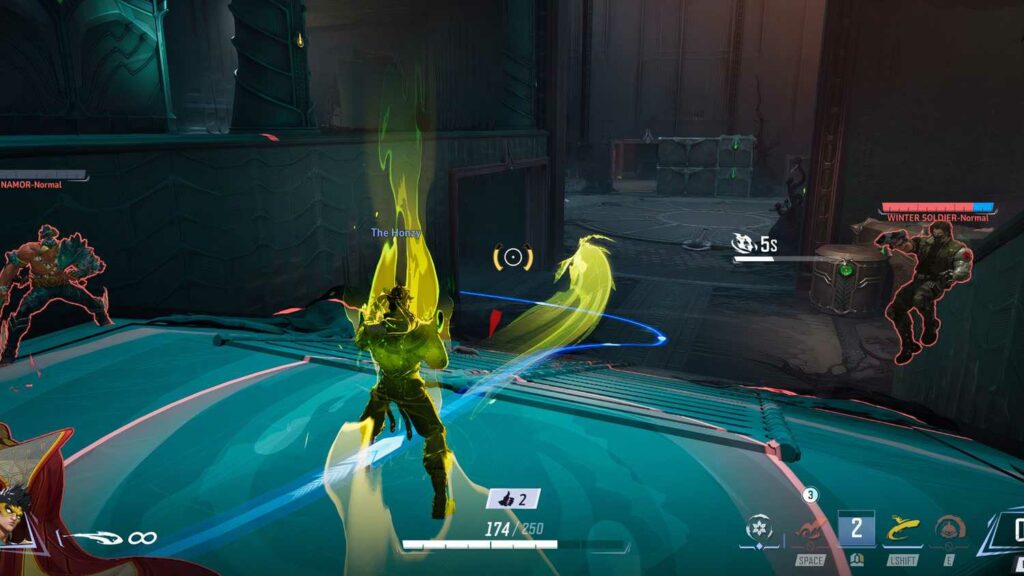
I want to clarify this right here. Having players who don’t know how the game works or what a good team comp looks like is not an indication of good or bad game design. How the game handles or punishes these scenarios is what defines a good game. Overwatch 2 outright stops bad team comps from happening at the expense of shorter queue times and which hero players can use. Deadlock lets players choose what they want but doesn’t progress the game fast enough for it to not get boring. Marvel Rivals manages a distinct balance between the two and maintains player agency from core game design.
Character Design
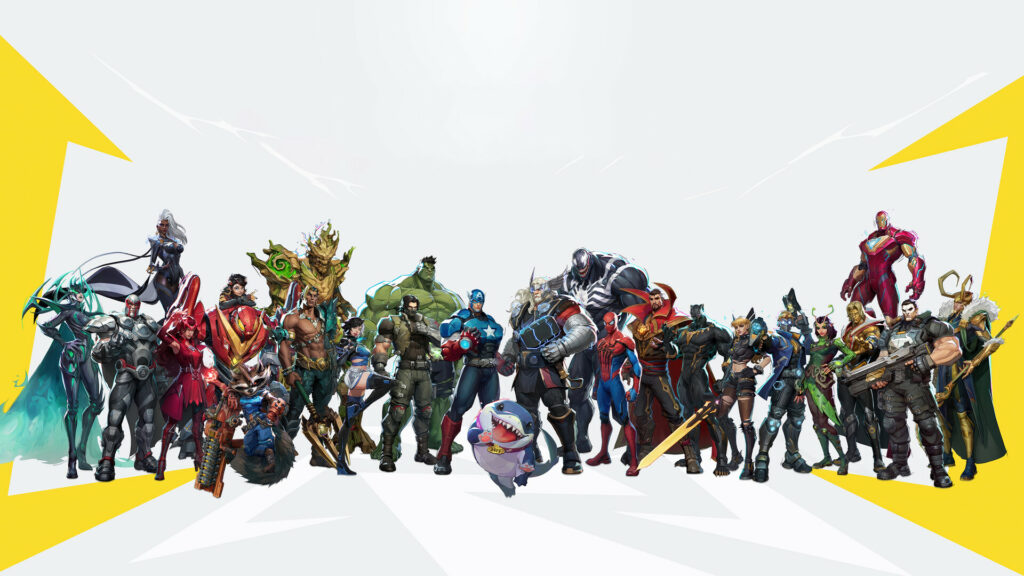
When I talk about character design, I’m referring to both the mechanical gameplay and aesthetics of the heroes. A character with a good design can tell a player at a glance what their style or role in a game is. Tanks are usually either heavily armored, have a shield, big and bulky, or are often blocky in design. Duelists or main damage characters are often designed to look like they shoot fast, are nimble, hit hard, or are capable of sniping down enemies. Support characters are traditionally designed with some kind of healing or medical aesthetic to them or look like they’re there for utility and (well) support.
I could spend all day talking about the shape language of video games but that’s for a different article. Let’s take a look at the character designs of Marvel Rivals and how they compare to other Hero-shooters. Right off the bat, I can say that Marvel Rivals absolutely nails the concept of good character design. Save for a few heroes, majority of their characters are absolutely readable as the roles they serve in the game.
Good gameplay design for a Hero-shooter is rather straightforward. Every hero needs to be able to play as their roles effectively and yet still have enough impact and agency in the game to act outside of team comps. A support needs to be able to heal and have enough damage, a tank needs to be able to hit hard enough that they can kill overtime, and a damage dealer needs to have some form of self-sufficiency to survive for a moment without their tank or support.
Character Design – Aesthetics
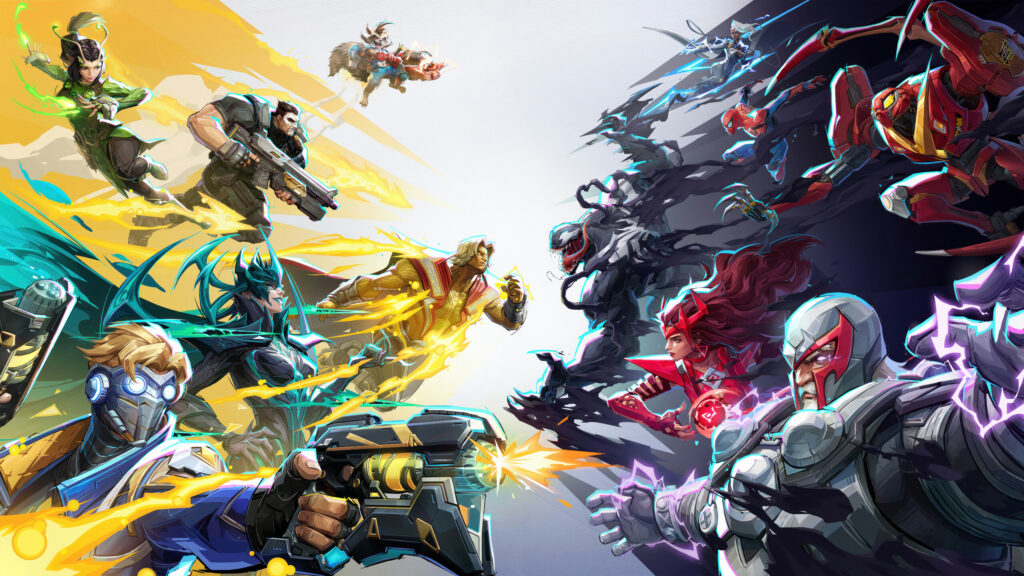
Captain America is a tank because he’s big and muscular and he has a shield. Thor and Hulk are tanks for being large characters that look like it takes a lot to shoot them down while Magneto is absolutely jacked and armored. Black Widow and Hawkeye look like characters who would snipe you down and Star Lord and Psyloche read as nimble and quick fighters who will shoot you repeatedly. Mantis reads like a character who heals due to her soft shape language and colors while Adam Warlock is designed to look like a cleric. While Luna Snow can be read as utility ice character, her design isn’t outright indicative of her role.
Though Rivals is not without its misses, it still does a better job than most games in terms of character designs. Cloak and Dagger don’t immediately read as supports while Rocket Racoon is the last hero you’d say heals his teammates. However, they still look a heck of a lot better than some Overwatch designs, especially the newer heroes.
Venture from Overwatch doesn’t look like a damage dealer and Mei barely reads as your main source of damage. Moira does not look like a supporting character and Juno’s design barely tells you what she does. Don’t even get me started with the characters from Concorde or Deadlock. Apex Legends barely passes but then one could mistake any of them as damage dealers (which they mostly are).
Character Design – Mechanics
Marvel Rivals succeeds for the simple reason that you can pick any hero and have agency in the game and have enough damage to be able to get kills. The damage dealers also shouldn’t feel like reskins of each other. If you’re playing a Hero-shooter, you want to be able to kill enemies and not feel like your only purpose is to soak up damage or heal and buff teammates. Player skill aside, a good Hero-shooter provides a decent baseline of stats and abilities for a character to duel and fight enemies. Overwatch suffers in this aspect because the only time a support is outdamaging the DPS is if the enemy team is bad, or they’re not healing or supporting allies enough.
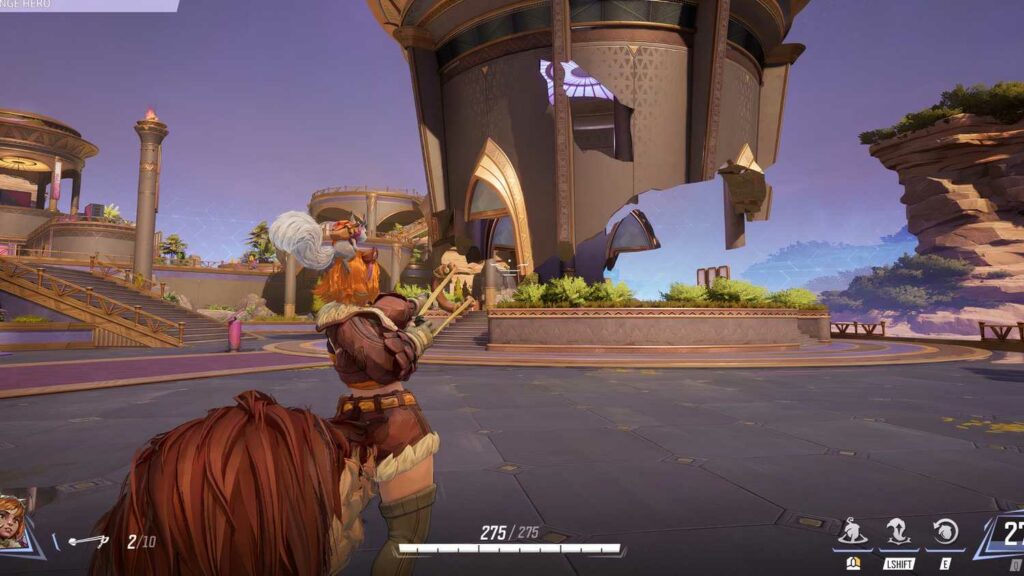
In Rivals, you can easily get kills as a Stategist AND still have a good support score. Luna Snow manages this by being like Anna Amari in that her kit heals and damages with the same button. Captain America is a tank but has a decent statline to trade and duel the enemy Duelist. The same goes for the other tanks in the game and how balanced the supports are with their damage and healing abilities.
Duelists also don’t feel like glass canons that explode the moment their tank and support dies. Quite a fair bit of the Duelists have a means of surviving skirmishes built in to their kits. As long as a player is able to get kills and damage, they will always feel like they have agency in a game.
Monetization
The biggest gripe players had with Overwatch 2 was the monetization. Mainly, the need to farm a battlepass as fast as possible and how heroes we’re locked behind said battlepass. Skins and cosmetics we’re also unreasonably expensive for the quality you got. The battlepasses were also just as expensive and since new heroes were locked behind them, that meant you had to pay a ton of money just to get them. On top of all that, you had to pay a lot of time in the game to grind the battlepass before the season ended.
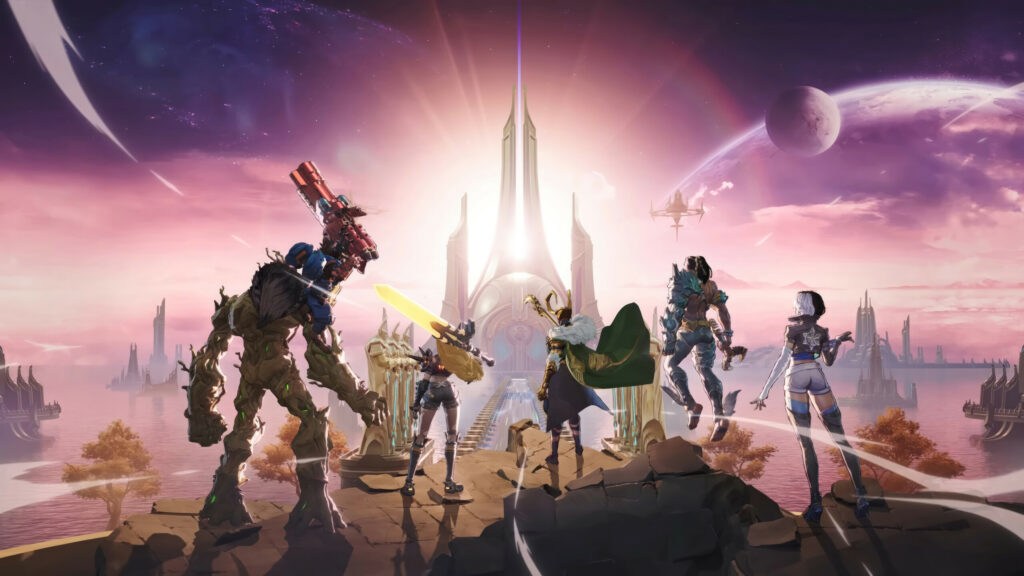
Marvel Rivals has an amazing monetization system and is honestly one of the best to date. The biggest thing is that the battlepasses don’t expire when the season ends. That means you can have a life outside the game and still get your money’s worth for the rewards. On top of that, the battlepass doesn’t cost nearly as much as the ones in Overwatch. Plus, a lot of the rewards aren’t locked behind the premium battlepass. The cosmetics, of course, still cost money but not nearly as much as in Overwatch 2 and the game gives you the ocassional free skin. You can also grind for the currency you need to buy skins just by completing quests.
Conclusion
Marvel Rivals outdos a lot of Hero-shooters simply because it combines the main essentials of a great shooting game and learns from the mistakes of other games in the genre. It’s fun, fast, and affords the player a good experience without sacrificing gameplay or freedom. All of these are packaged in a bright and well-designed game with a popular IP.
I have so much more I want to talk about but this article is already longer than usual so stay tuned for another Marvel Rivals hot take. Overall, Marvel Rivals does what Overwatch 2 promised and more. It’s a fun game with a lot of exciting moments and redefines the genre.
Want a device that can play Marvel Rivals? Check out these ones!




